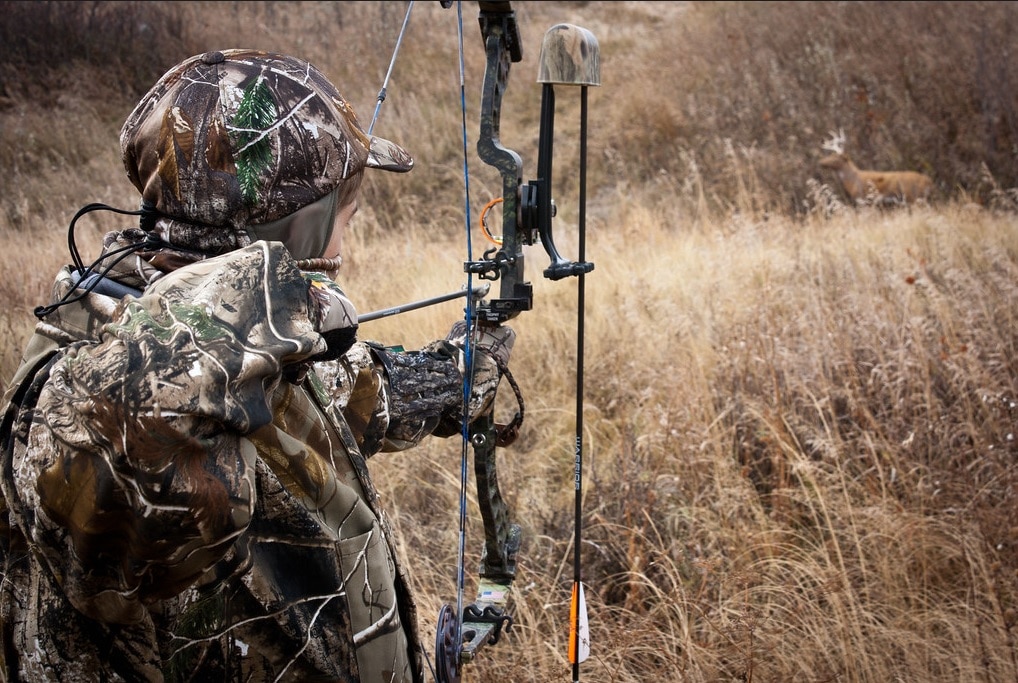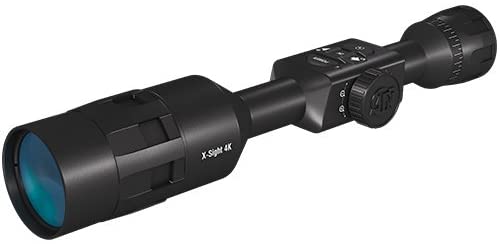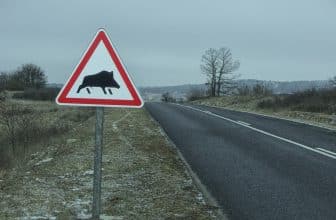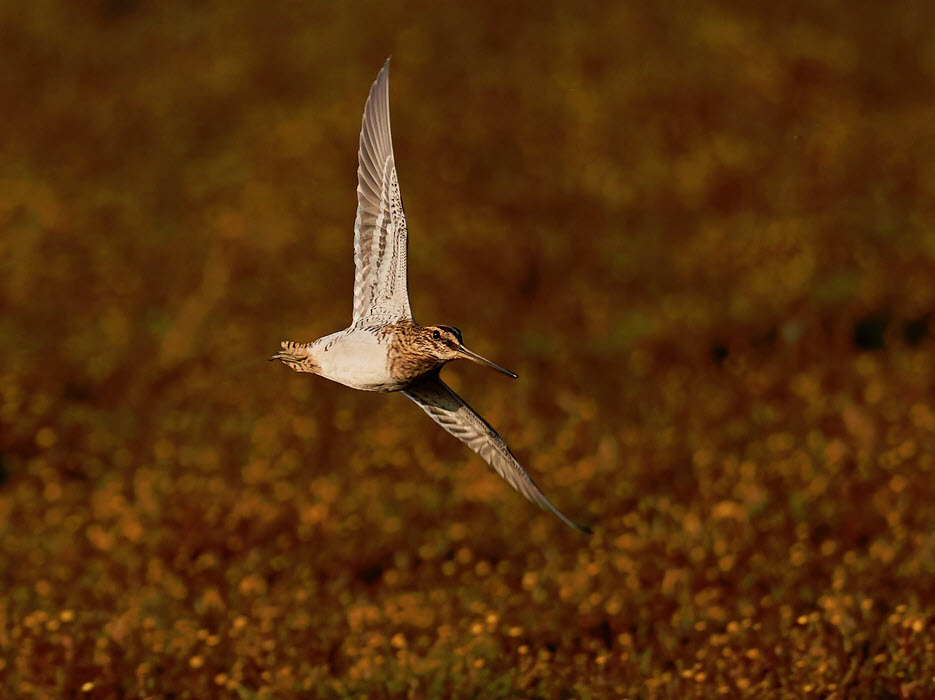
If you are an avid hunter like me, you know all about the benefits, the regulations, and the challenges. You know that hunting makes the population of game animals healthy every year and that it’s not only for the human’s amusement.
Most hunting seasons won’s start until the fall, but there are some fantastic solutions for summer hunting. Passionate hunters know that there is no such thing as hunting for too long, even throughout the summer. Keep reading to find out where you may use your bow and arrows this August.
Page Contents
1. Iowa
There are more than 700,000 acres of public land available for hunting in Iowa. Most animals can be captured only in the fall and winter, but you may try some rabbit and squirrel hunting in late August and February. Groundhogs and coyote may be taken year-round to try your hunting skills in the summer.
2. California
Summer game includes rabbit, deer, and Pronghorn Antelope.
We love sunny California for many reasons, but hunters love as the long and sunny summer days make a great invitation into the wilderness. Summer hunting is generous here, and even the newbies won’t go back home empty-handed.
It’s legal to get two deer tags per license if you’re harvesting deer. With beginning of July, rabbit hunting becomes lawful, whereas pronghorn antelope hunting is allowed for a short amount of time. It starts at the end of August and you may only hunt until the September 1.
3. Minnesota
The dense woods of Minnesota are home to both the small and big game, but you may harvest plenty of animals in the summer. The summer hunting is lawful in August when the state issues licenses for hunting black bear. Controlling populations is easier to do with hunting.
A lottery takes place for hunters interested in licenses for the center and eastern regions of the state. Hunters who want to hunt in western and southern areas don’t have to watch for the lottery- there is none. However, they can only kill one bear per person each year.
You may also take deer in Minnesota, but the archery becomes valid in early September. Later in the fall, you can also do firearm hunting.

4. Texas
Dove, alligator, and axis deer are the game for the summer hunting in Texas. Even an alligator may not be a popular game for most hunters; you should take advantage of the alligator season if you shoot in Texas. Keep in mind that alligator hunting is legal in only 22 counties in September. In all the other counties, you can take an alligator from April until the end of June.
Axis deer population is impressive in Texas, so it’s legal to hunt it throughout the year. Hill Country and southern Texas allow harvesting in summer months, and any other deer species aren’t allowed to hunt until November.
5. Colorado
turkey, moose, and coyote make the right choices for summer hunting.
Colorado is very generous with the hunters, providing more than 23 million acres of public land for hunting, with a great diversity of wild game available for harvesting.
Hunters who like taking big game have the chance to take moose. Harvest by archery is legal from September 7 through September 29, whereas muzzleloader begins on September 14 and ends on September 22. from October 1 to October 14, you will also be legal to take moose. Be aware that you only can make the big game with license, and the application period for a big game for moose begins on March 1. it ends at the beginning of April, but leftover hunting licenses will be emitted in august.
When it comes to summer hunting, you may take coyote year-round. In the state of Colorado, you have an unlimited bag and possession limits for a coyote.
6. Kansas
Birds, small game, big game, furbearers, and turkey are legal to hunt in Kansas. Hunters have access to 300,000 acres of public land for hunting. More than one million acres of the private property are also open for the hunters.
Rabbit, snipe, and bullfrogs make great choices for summer hunting in Kansas. July 1 marks the beginning of bullfrog season, and you can only do it through the end of October. You won’t be able to take more than 8 bullfrogs a day, whereas 24 would be the limit for possession.
Jackrabbit and cottontail make a year-round game in Kansas so that you can take them in the summer. The bag limit for the day is 10, and possession limit is 30 for both of these games.
7. Connecticut
Crow, coyote, and woodchuck are the game to go for in Connecticut in the summer. Small game, game birds, and furbearers live in Connecticut, but the state has a lot to provide to the hunter for the summer.
Woodchuck makes a popular game in the hot season, and it’s legal to take it to spring through fall, beginning with March 15 through November 15. Crows are also lawful to hunt, starting with August 10 through October 11, but only on Fridays, Saturdays, and Wednesdays. Don’t forget that you have to get the Connecticut Migratory Bird Stamp before taking crow.
Coyotes make another game legal to hunt in the summer, as it’s a year-round game in Connecticut.
What can you do to improve your summer bow hunting?
Whether you go bow hunting every season or not, you can either rely on the low odds of luck or improved bow shooting technique. We’re pretty sure you want to tilt the odds in your favor, so you will probably follow as many tips as necessary to get the shoot for the kill. As long as you keep your eyes on the prize and don’t give up your bow hunting, you should be able to come back successful this summer as well

Tune your bow arrows, and form
You won’t get better at your bow hunting if you don’t shoot with proper and consistent form. If you’re an experienced archer, you can ask a friend to shoot a film of your shots from various angles. New archers should ask professionals for some tips. While you see yourself in those films, you can notice your weird habits and flaws in your form. Improve your technique in the summer, but only after you tune your bow to your arrows. You can take them to the local bow shop or run through a paper tuning drill.
Shoot at odd distances
If you’ve been hunting before, you know that no deer will walk by a perfect 10-yard interval from your tree stand. Focus on placing your targets at odd ranges, such as 36.5 yards, on preparing for actual hunting. When shooting fixed pins, you will practice shooting the gaps between your pins. This aspect is a lot more important than you think. Shooting the gaps in practice is not difficult and it all changes when your buck walks out at 34 yards and you
want to use the 30-yard pin. If you practice at odd ranges, you will learn to use the gaps between the pins. This practice is an efficient test for your gear if you use a slider.
Forget about shooting long range
Don’t get us wrong: shooting at long range is an excellent practice. The “long” range can be anywhere between 50 and 80 yards for an average shooter. If you can shoot solid groups at 70 yards, you won’t have any problem making the 30-yard shots. Western bowhunters have to shoot long when pursuing critters in open country. However, most whitetail hunters won’t shoot beyond 30 to 40 yards. Shooting for long-range whitetail shots involves way too many aspects. Deer will duck arrows, you will make your shot from a swaying tree stand, and even the tiniest twig can send the arrow off target. You shouldn’t spend your summer focusing on getting the 70 yards shot, but for targets at 10 to 40 yards.
Change the shooting platform
If you want to be an excellent tree stand hunter, you should shoot from an elevated platform as often as possible. When you don’t have the possibility, you should at least hang a ladder stand in your backyard or short from the deck—you want to obtain a downward shooting angle. Practice your bending at the waist, discovering the anchor point, and keeping a consistent grip on how you shoot at a steep downward angle.
Should you plan to spot and stalk your buck or use a ground blind, focus on practicing in a similar field position. You will have to shoot from your knees and stand on the uneven surface if you do spot-and-stalk hunting. For ground blind hunting, you have to practice shooting from a chair.
Stay away from the bright bullseyes
There aren’t many game animals with orange eyes, so why practice on orange bullseyes? You need to select a spot on a deer’s chest and draw your arrow to hit it. Therefore, you need to train your eyes to choose a particular spot on a target and allow the pin to float over the spot. If you only practice shooting bright bullseyes, your eyes will get used to focusing on bright colors. We recommend you alternate your targets on a regular basis to improve your shooting. Switch from bails to blocks and 3D critters to learn how to select a particular spot on every target. It’s how your skill will naturally manifest when hunting.
Play with the stance
Place your feet shoulder-width apart, making sure that your hip points toward the target. This form is correct and comfortable, but the chances of shooting from this position in real life are rather slim. If you’re a tree stand hunter, you will have to rotate your torso right or left to place the sight onto your buck walking between the shooting lanes. It feels awkward initially, but you have to maintain a consistent anchor point.
Practice your feet line up at an angle that isn’t right to the target, rotate your upper body toward your target, and shoot. Start this form only after you know how to shoot from the basic archery form. Play with your shooting stance only after mastering a consistent one.
Shoot in low light
If your practice is shooting in low light, you train your eye to select a spot on the target, even if you cannot spot the details. Seek that you plug in common light conditions a couple of times in the summer. Ideally, it would help if you did it on a 3D target. Probably, you will only be able to see the outline of the body and not all the details. This practice is similar to real-life hunting at dawn or dusk in a dark forest. Selecting a spot gets really tricky when you cannot see details on the target. It pushes you to trust the feeling of floating the pin over the vital organs and take that shot.
Shoot under pressure
No practice will replicate the adrenaline rush of hunting, but you can at least get close to it. You want every shot to count—consider shooting in a 3D tournament. You can also go shooting with a friend or something that adds pressure to your performance. Get extreme and try shooting extra-small targets as well. Invent games so that you learn how to shoot under pressure.
Train by holding at full draw
When you’re naturally shooting, you want to draw the bow, aim for 4 seconds, and shoot. In many hunting scenarios, though, you will need to hold a complete draw for longer than 4 seconds until your game animal gets into the shooting lane. Your arms will begin to shake when you hold at full draw for a long time, so it’s going to be tricky to hold the pin on target. If the feeling is new to you, the chances of missing the shot are high.
We encourage you to draw the bow and hold it until you get tired and shaky at the end of each training. Don’t stress about keeping the pin on your target. In a couple of minutes, you will feel it, so you should hold the pin on target. You have to strengthen your muscles and mind to hold a draw for as long as necessary.








